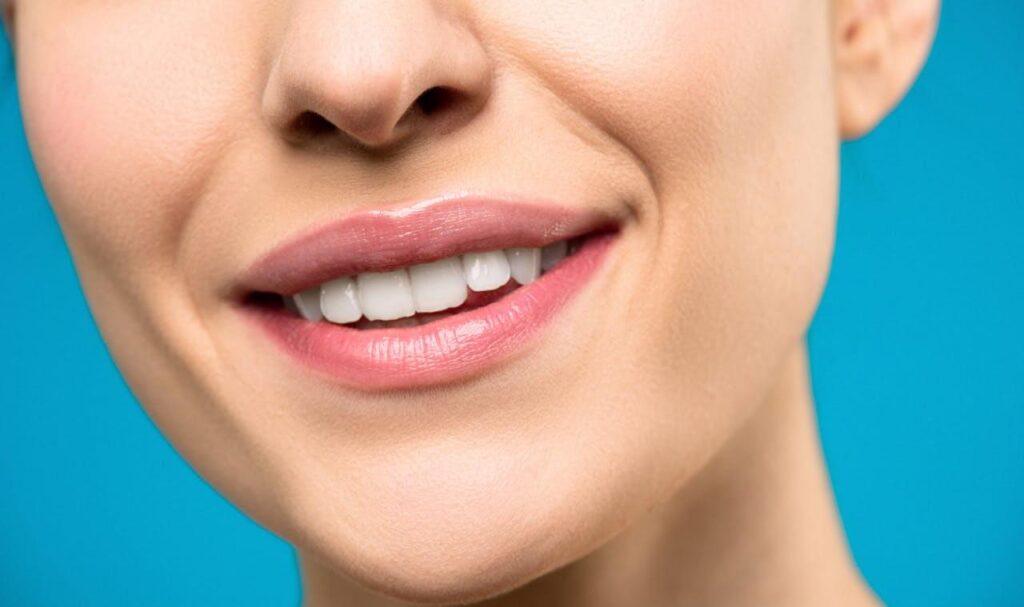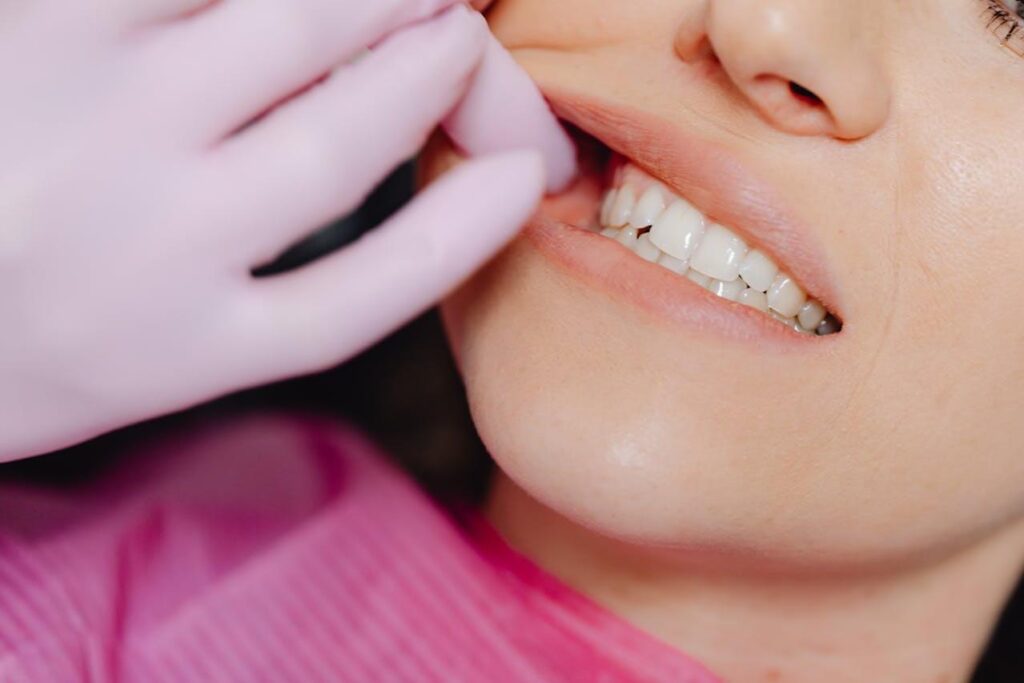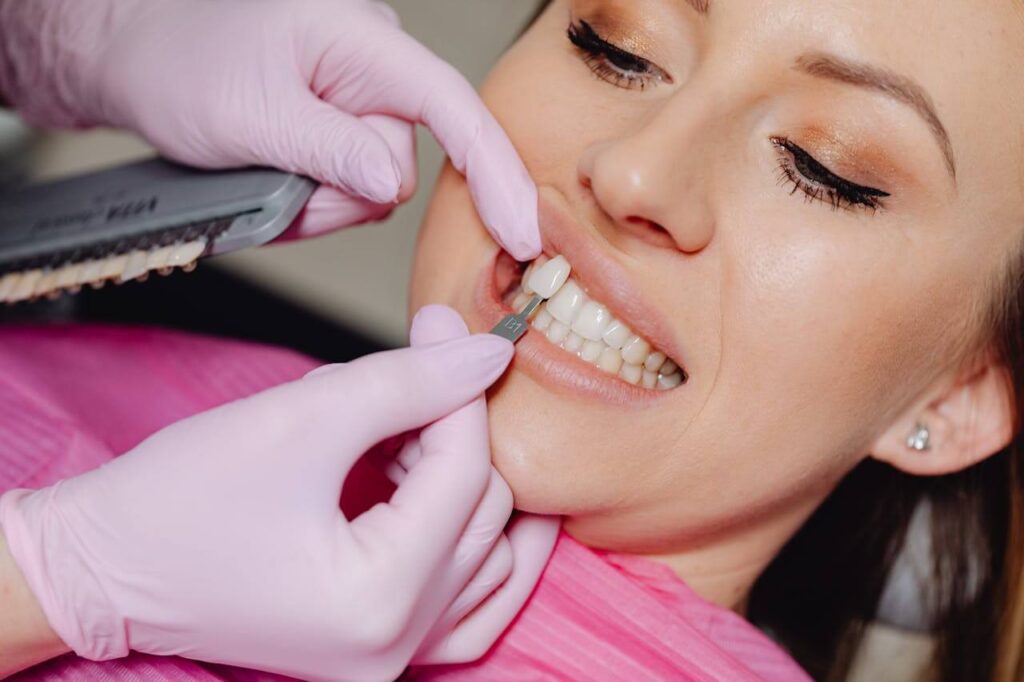How to Make Your Teeth With No Gaps Without Braces : Step-by-Step Guide
How to Make Your Teeth With No Gaps Without Braces : Are you tired of seeing gaps between your teeth when you smile? Do you wish you could close those spaces without wearing metal braces for months or even years? You’re not alone. Many people are on the lookout for ways to make their teeth with no gaps without braces. Fortunately, with today’s dental innovations and natural remedies, there are multiple ways to improve your smile without going the traditional braces route.
In this comprehensive guide, you’ll discover all the proven methods for achieving a gap-free smile without using braces. We’ll cover everything from cosmetic dental treatments to natural techniques you can try at home. We’ll also explore when it’s best to consult a dentist, what results to expect, and how to maintain your new smile. By the end of this article, you will have a clear, step-by-step roadmap for how to make your teeth with no gaps without braces.How to Make Your Teeth With No Gaps Without Braces ?
1. Understanding Tooth Gaps (Diastema)
Tooth gaps, also known as diastema, are spaces between two teeth, most commonly found between the upper front teeth. While some people find the gap charming, others may feel self-conscious and seek ways to close it.
Gaps can result from genetics, habits like thumb-sucking, or discrepancies between the size of the jaw and teeth. Regardless of the cause, the good news is that you can learn how to make your teeth with no gaps without braces using a variety of solutions.

2. Can You Fix Gapped Teeth Without Braces?
Yes, absolutely. Modern dentistry has made it possible to close gaps using a variety of methods without traditional metal braces. These solutions vary in cost, effectiveness, and longevity, but they all offer ways to align your teeth discreetly and comfortably.
Some options involve professional dental procedures, while others can be done at home with commitment and patience.
3. Cosmetic Dental Options
Dental Bonding
Dental bonding is one of the quickest and most affordable methods for closing small gaps between teeth. A tooth-colored resin is applied to the tooth surface and shaped to fill the gap. It hardens under a special light and blends seamlessly with your natural teeth.
Pros: Quick, painless, affordable
Cons: May stain over time, less durable than other options
Veneers
Veneers are thin porcelain shells that are custom-made and bonded to the front surface of your teeth. They are a more permanent solution and can fix gaps, discoloration, and shape issues.
Pros: Long-lasting, natural appearance
Cons: More expensive, requires some enamel removal
Invisalign (Clear Aligners)
While not exactly braces, Invisalign is a series of clear aligners that gradually move teeth into place. It’s a less visible and more comfortable alternative to metal braces.
Pros: Invisible, removable, highly effective
Cons: Expensive, requires commitment
Dental Crowns
Crowns are caps placed over a tooth to restore its size and shape. They can close gaps when used strategically, especially when dealing with broken or small teeth.
Pros: Long-lasting, strengthens teeth
Cons: Invasive, costly

4. Natural Ways to Make Teeth With No Gaps
Oral Exercises
Certain facial exercises can help strengthen jaw muscles and potentially shift teeth slightly. One simple exercise includes pressing your tongue against your teeth and holding it there for a few minutes each day.
Tongue Push Technique
This technique involves gently pushing your front teeth together using your tongue. Repeat this several times a day for best results.
Using Dental Bands
Dental bands are small rubber bands placed around teeth to gradually pull them together. However, they should be used with caution and under supervision as improper use can damage the gums.
Natural Oils and Remedies
Some believe that using oils like coconut oil for oil pulling can improve oral health and aid in minor alignment. While there’s limited evidence on its effectiveness for gaps, it does help maintain gum health.
5. At-Home Solutions and Products
Clear Aligners (DIY Kits)
Companies now offer at-home impression kits for clear aligners. After mailing your dental impression, a customized treatment plan is developed.
Popular Brands: SmileDirectClub, Byte, Candid
Note: Always verify FDA approval and customer reviews.
Teeth Gap Bands
These rubber bands are applied at night and promise to bring teeth closer. They are affordable but should be used with caution.
Retainers
Custom-made or over-the-counter retainers can help close small gaps over time. They are often used after orthodontic treatment but can also work independently.
6. When Should You See a Dentist?
Even if you want to avoid braces, consulting with a dentist is essential before starting any treatment. A professional can:
- Identify the root cause of your tooth gap
- Recommend the safest and most effective treatment
- Monitor progress and prevent complications
Avoid trying unverified DIY solutions that may lead to permanent damage.
7. Long-Term Maintenance Tips
Once you have successfully closed the gaps in your teeth, maintaining your new smile is crucial.
- Wear Retainers: Even after clear aligner or bonding treatment
- Practice Good Oral Hygiene: Brush twice and floss daily
- Avoid Bad Habits: Like chewing ice or using teeth as tools
- Regular Dental Checkups: At least twice a year
8. Pros and Cons of Non-Braces Options
| Method | Pros | Cons |
|---|---|---|
| Bonding | Quick, Affordable | May wear over time |
| Veneers | Aesthetic, Long-lasting | Costly, irreversible |
| Aligners | Invisible, removable | Needs discipline |
| Dental Bands | Cheap, easy to find | Risky without supervision |
Non-brace solutions offer more freedom and aesthetic appeal, but results vary based on individual needs and commitment.
9. Final Thoughts
If you’ve been wondering how to make your teeth with no gaps without braces, now you know that it’s entirely possible. Whether you choose dental bonding, veneers, natural exercises, or home aligner kits, there is a path that suits your lifestyle, budget, and smile goals.
Always remember to prioritize safety and effectiveness. Start by talking to a dental professional, even if you choose a home-based method. With patience and the right approach, a gap-free smile can be yours.
FAQs : How to Make Your Teeth With No Gaps Without Braces
1. How to make your teeth with no gaps without braces fast?
Dental bonding or veneers offer the fastest solutions, typically within one to two visits to the dentist.
2. Are dental bands safe to use at home?
They can be risky without dental supervision and may cause gum damage or tooth loss.
3. Is Invisalign considered braces?
Technically no; they are aligners that work similarly to braces but are removable and nearly invisible.
4. How long does dental bonding last?
Usually 4–8 years depending on care and eating habits.
5. Can teeth gaps close naturally?
In some cases, especially during childhood, gaps can close as teeth grow. In adults, this is rare.
6. Is it possible to use home aligners safely?
Yes, but only with proper impressions and guidance from a licensed provider.
7. What causes gaps between teeth?
Genetics, thumb-sucking, tongue thrusting, and tooth size differences are common causes.
8. Are veneers painful?
Most patients experience minimal discomfort during veneer placement.
9. Do natural remedies really work?
They may help improve oral health but are unlikely to close significant gaps.
10. Can I eat normally with dental bonding?
Yes, but avoid biting into hard objects that could chip the bonding.
11. Is it better to fix gaps early?
Yes, early intervention can prevent bigger dental issues in the future.
12. Can flossing widen gaps?
No, flossing helps maintain gum health and does not cause gaps.
13. How much do veneers cost?
Typically between $800–$2,500 per tooth depending on the material and dentist.
14. Do I need a retainer after using clear aligners?
Yes, to keep teeth in their new position and prevent gaps from returning.
15. Will insurance cover gap-filling treatments?
Some cosmetic treatments are not covered; check with your provider.
Read also :
How to get food out of wisdom tooth hole
